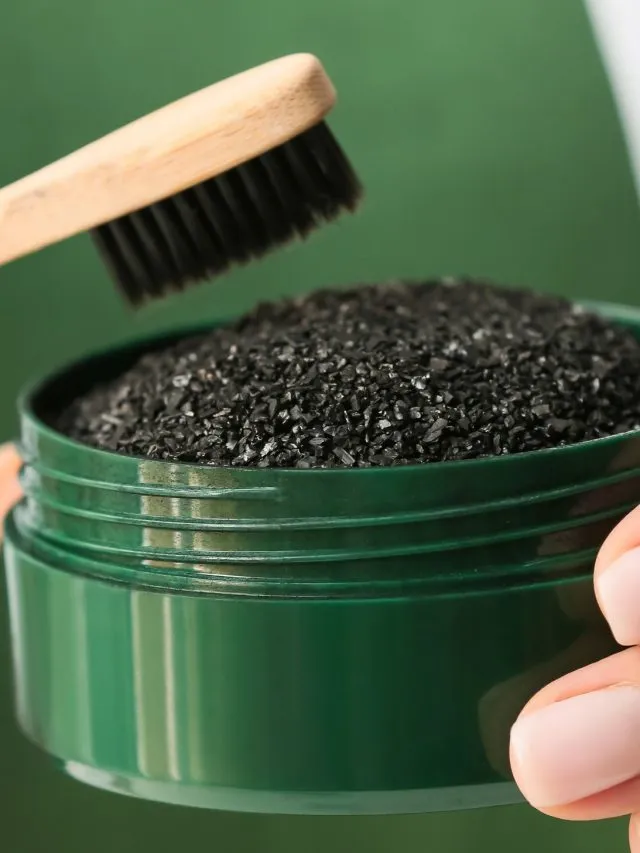What is Charcoal Teeth Whitening?
Charcoal teeth whitening has gained popularity as a natural method to brighten teeth. It typically involves using activated charcoal, a fine black powder made from various sources like coconut shells or wood, to remove stains and whiten teeth. The process usually entails brushing teeth with a charcoal-based product, often mixed with water, and then rinsing. Proponents of charcoal teeth whitening claim it can effectively remove surface stains, leading to a brighter smile. However, it’s crucial to understand the underlying principles and potential risks associated with this method, especially concerning its impact on gum health and overall oral hygiene. While many people are attracted to its perceived benefits, it’s important to approach charcoal teeth whitening with informed caution and an understanding of best practices to ensure its safety and effectiveness. It’s essential to balance the desire for whiter teeth with the priority of maintaining healthy gums and teeth, requiring careful consideration of potential side effects and proper usage.
How Charcoal Whitening Works
The effectiveness of charcoal teeth whitening lies in its abrasive properties. Activated charcoal is porous and can attract and absorb stains from the surface of the teeth. The rough texture of charcoal helps to scrub away these stains, which include those from coffee, tea, wine, and other foods. As the charcoal particles come into contact with the teeth, they work to lift and remove these stains. The process of absorption is key, as the charcoal doesn’t bleach the teeth but rather removes the substances causing discoloration. This method, when used correctly, can improve the appearance of the teeth, making them appear whiter. It is important to note, that this method is only effective on surface stains, and will not work on intrinsic stains, which are those inside the tooth. As with all oral care methods, the efficacy and safety of charcoal teeth whitening depend heavily on the technique used, the frequency of application, and the individual’s oral health conditions. Careful consideration and proper implementation are key to achieving the best results and preventing potential side effects.
Understanding Gum Irritation

Gum irritation, or gingivitis, is a common condition characterized by inflamed, red, and sometimes bleeding gums. It can range from mild discomfort to more serious symptoms, often signaling an underlying issue with oral hygiene. The gums act as a protective barrier for the teeth and play a crucial role in supporting overall oral health. When irritated, the gums become more susceptible to infections and other dental problems. The delicate tissue of the gums is vulnerable to various factors that can cause irritation, including mechanical abrasion, chemical exposure, and bacterial infections. This condition can manifest in several ways, from minor sensitivity to significant pain and bleeding, making it important to recognize and address gum irritation promptly. Early intervention is key in preventing the progression of gingivitis and promoting the maintenance of healthy gums. The understanding of how to identify the causes and symptoms of gum irritation can assist in preventing further dental issues.
Common Causes of Gum Irritation from Charcoal
While charcoal teeth whitening can offer cosmetic benefits, it also poses potential risks for gum irritation. The abrasive nature of charcoal, while effective at removing stains, can also irritate the delicate gum tissues, leading to inflammation and discomfort. Several factors contribute to this issue, including brushing techniques, the amount of charcoal used, and pre-existing gum conditions. Using excessive pressure when brushing with charcoal can further aggravate the gums, causing them to become sore and inflamed. Moreover, the chemical composition of some charcoal products may also contribute to irritation. Individuals with underlying gum issues are at a higher risk of experiencing adverse reactions. The key to minimizing the risk of gum irritation is to understand the common causes and implement preventive measures, ensuring both a brighter smile and healthy gums. Proper care and caution are important when incorporating charcoal teeth whitening into your oral hygiene routine.
Incorrect Brushing Techniques
One of the primary causes of gum irritation from charcoal teeth whitening is improper brushing technique. Many people tend to brush too hard or use excessive pressure, especially when trying to scrub away stains. This aggressive approach can damage the gums, leading to inflammation, redness, and bleeding. Brushing too vigorously with any abrasive substance, including charcoal, can cause the gum tissue to recede over time, exposing the more sensitive root surfaces of the teeth. This can result in increased sensitivity to hot and cold and increase the risk of cavities. To avoid these issues, it’s crucial to adopt a gentle brushing technique, using soft, circular motions instead of harsh back-and-forth scrubbing. Controlling the pressure applied to the gums and teeth is essential for maintaining healthy gums and teeth. The proper method involves gently massaging the charcoal product onto the teeth, allowing it to work without causing harm to the surrounding tissues. By improving brushing techniques, the potential for gum irritation can be greatly reduced while still benefiting from charcoal teeth whitening.
Using Too Much Charcoal
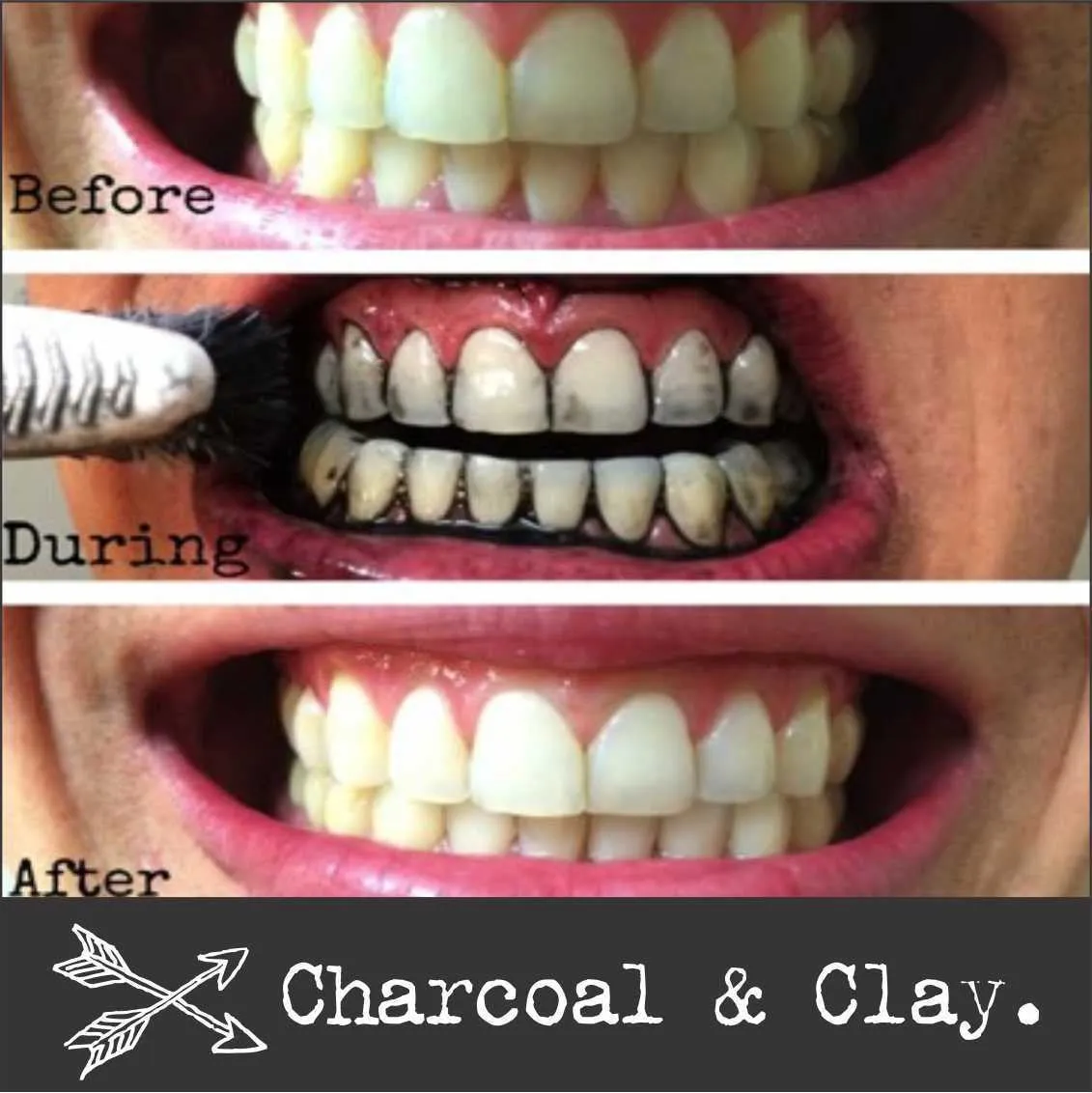
Using an excessive amount of charcoal during teeth whitening can significantly increase the risk of gum irritation. While the abrasive nature of charcoal is what helps remove stains, too much can lead to harsh scrubbing and damage to the gums. Many people assume that more charcoal will result in whiter teeth; however, this approach can be detrimental to their gum health. The excess particles, when brushed aggressively, can lead to inflammation, soreness, and even bleeding gums. The intensity of the irritation depends on the concentration of charcoal in the product and how it’s used. To minimize the risk, it’s essential to use only a small amount of charcoal. A little goes a long way in charcoal teeth whitening, and a pea-sized amount is often sufficient to cover the teeth. Avoid the temptation to apply a large quantity of charcoal in an attempt to accelerate the whitening process. Instead, focus on using the right amount and practicing proper brushing techniques. This balanced approach helps ensure that the teeth whitening process is both effective and gentle on the gums.
Pre-existing Gum Conditions
Individuals with pre-existing gum conditions, such as gingivitis or periodontitis, are particularly vulnerable to gum irritation from charcoal teeth whitening. The underlying inflammation and sensitivity of their gums make them more susceptible to the abrasive effects of charcoal. Using charcoal on already compromised gums can exacerbate existing issues, leading to increased redness, swelling, and bleeding. If the gums are already irritated, the introduction of charcoal may cause further damage, delaying the healing process and potentially worsening the condition. It is important for people with known gum problems to consult with a dentist or dental hygienist before trying charcoal teeth whitening. They can evaluate the health of the gums and provide guidance on whether this method is safe or if alternative whitening treatments should be considered. They might also recommend specific oral care routines to protect their gums. Addressing pre-existing gum conditions before starting any whitening treatment is critical to minimizing the risk of further damage and ensuring the best possible oral health outcomes. Prioritizing the health of the gums helps in maintaining a bright smile while avoiding unnecessary complications.
Symptoms of Gum Irritation
Recognizing the symptoms of gum irritation is essential to take timely action and prevent more severe issues. Early detection allows for prompt intervention, protecting overall oral health and preventing the condition from worsening. There are several signs that indicate gum irritation, and being aware of these can help you manage the problem quickly. These indicators can range from subtle changes to more noticeable discomfort, so it is essential to pay attention to what is going on. Common symptoms include changes in gum appearance, sensations, and bleeding. Being able to identify these indications empowers you to make the necessary adjustments to your oral hygiene routine, seek professional assistance when needed, and ensure the lasting health and beauty of your smile.
Redness and Swelling
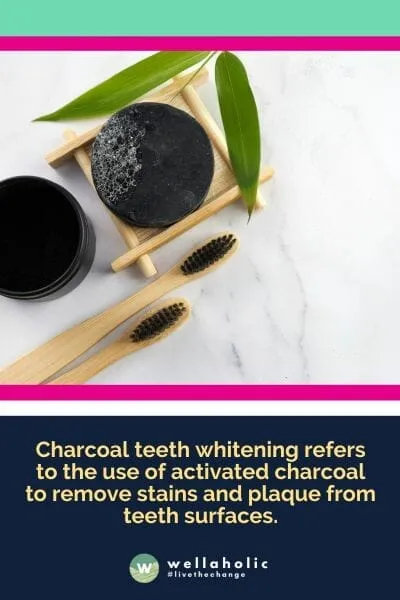
One of the earliest and most common signs of gum irritation is redness and swelling. Healthy gums should typically appear pink and firm, whereas inflamed gums will exhibit a more pronounced red color and appear puffy or swollen. This is a clear indication that the gum tissues are irritated and may be inflamed. This inflammation is usually caused by the presence of bacteria, physical trauma from aggressive brushing, or chemical irritation from products like charcoal. Redness and swelling are frequently accompanied by tenderness, making the gums sensitive to touch and pressure. If you observe redness and swelling, it’s essential to take action to address the problem promptly. This can involve switching to a softer toothbrush, improving brushing techniques, using a gentler toothpaste, and avoiding products that may be irritating. If the symptoms persist or worsen, it is important to consult a dentist for a professional examination. Early detection and treatment are important in preventing the advancement of the conditions that can impact long-term oral health.
Bleeding Gums
Bleeding gums are a significant symptom of gum irritation and should never be ignored. Healthy gums do not bleed, so any sign of bleeding indicates that the gums are inflamed or damaged. This bleeding can occur during brushing, flossing, or even when eating. It often happens because the inflamed gum tissues are more vulnerable and prone to injury. This bleeding may be slight at first, but if left unaddressed, it can worsen. Bleeding gums can be a sign of gingivitis or more severe forms of gum disease, such as periodontitis. Aggressive brushing or the use of abrasive substances like charcoal can exacerbate this condition. The best course of action is to gently brush and floss the teeth and gums. Consult with a dentist if the bleeding continues. They can assess the situation, determine the underlying cause of the problem, and recommend the most appropriate treatment plan to restore gum health. Ignoring bleeding gums can lead to more serious oral health issues, making immediate attention very important.
Sensitivity to Hot and Cold
Increased sensitivity to hot and cold foods and drinks is another symptom of gum irritation. When the gums are inflamed or receding, they may expose the root surfaces of the teeth, which are more susceptible to temperature changes. This heightened sensitivity can result in sharp, short bursts of pain when consuming hot or cold items. The discomfort comes from the dentin tubules, which are tiny channels that lead to the tooth’s nerve. Irritated gums or gum recession exposes these tubules, making the nerve more vulnerable to stimulation. If you experience increased sensitivity, it’s important to assess your oral hygiene practices and identify any potential irritants. You might want to use a soft-bristled toothbrush and avoid brushing too hard. A dentist can identify and address the root cause of the sensitivity, which could include gum disease, tooth decay, or enamel erosion. They may recommend desensitizing toothpaste or other treatments to alleviate the symptoms and restore comfort. Addressing the increased sensitivity is key to preventing the progression of the problem and maintaining overall oral health.
Tips to Avoid Gum Irritation
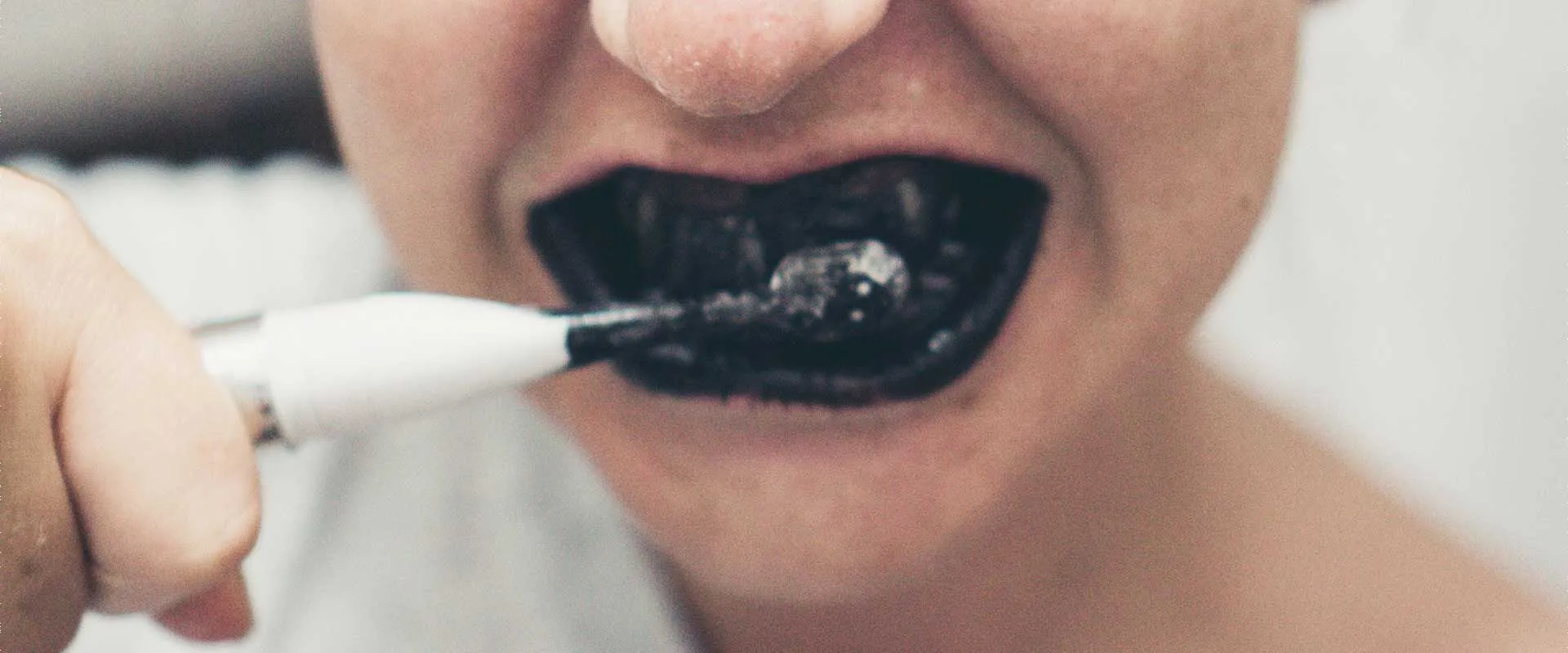
Avoiding gum irritation while using charcoal teeth whitening requires a combination of informed practices and careful attention to oral hygiene. Understanding the potential irritants and adopting preventive measures is essential for enjoying the cosmetic benefits of charcoal without compromising your gum health. These methods focus on the importance of proper brushing techniques, choosing the right products, and seeking professional advice when needed. It is possible to use charcoal teeth whitening safely and effectively if you follow these practices, making sure to prioritize the health of your gums and teeth. By implementing these tips, you can minimize the risk of irritation, maintain a bright smile, and support your overall oral health. Remember, a comprehensive approach that combines cosmetic goals with good dental care is key to ensuring a healthy smile.
Proper Brushing Technique
Proper brushing technique is critical to minimizing the risk of gum irritation. The technique you use has a big impact on the health of your gums. Using a gentle approach is more important than the force applied. Always choose a soft-bristled toothbrush, as harder bristles can cause more damage to the gums and teeth. When brushing, hold the toothbrush at a 45-degree angle to the gum line and use gentle, circular motions. Avoid aggressive scrubbing, which can erode the enamel and irritate the gums. Spend an equal amount of time brushing each section of your mouth. Use light pressure, allowing the bristles to do the work. Use proper technique with any toothpaste product you’re using, including charcoal products. This method helps remove plaque and bacteria without causing trauma to the gums. Careful, consistent brushing is an essential part of good oral hygiene. Brushing twice a day is usually recommended, for a duration of two minutes each time. Proper brushing habits help to ensure you have a healthy and beautiful smile. Consider consulting a dental professional for guidance on your brushing technique.
Choosing the Right Charcoal Product
The choice of charcoal product is important in preventing gum irritation. Not all charcoal products are created equal. Some products contain harsh additives or have abrasive particles that can harm the gums. When selecting a charcoal toothpaste or powder, look for a product that is made from high-quality, food-grade activated charcoal. Check the label for any additional ingredients, such as flavoring agents or preservatives, and avoid products with excessive abrasives. Consider the particle size of the charcoal, as finer particles are usually less abrasive and, therefore, gentler on the gums. Review the product’s formulation. Some charcoal products combine the charcoal with other ingredients to enhance oral health, such as fluoride for strengthening enamel, or ingredients to soothe the gums. Look for products that have been clinically tested and are free from harsh chemicals that might cause irritation. Prioritizing products with safe formulations can minimize potential risks and enhance the benefits of charcoal teeth whitening. Consult with your dentist or dental hygienist about product recommendations for the best results.
Consulting a Dentist
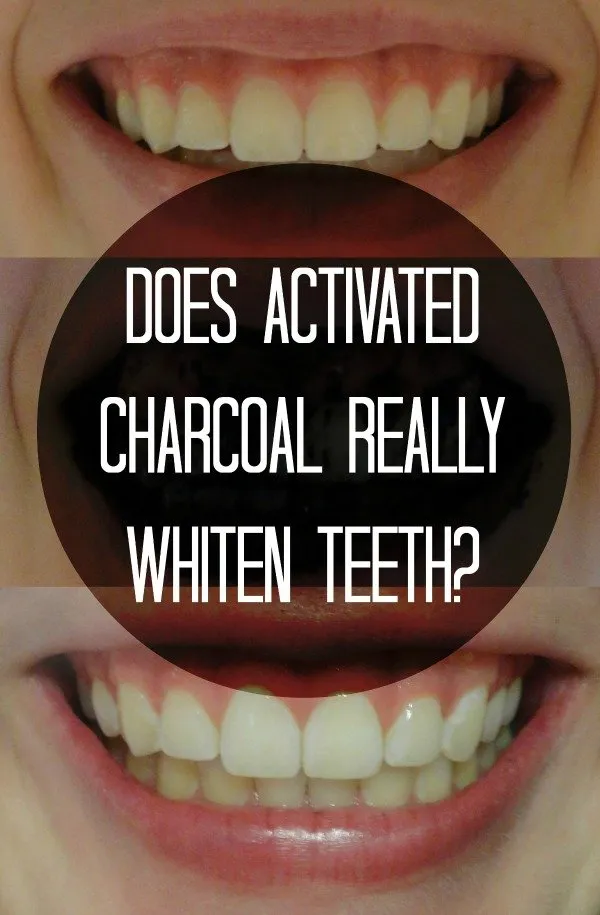
Consulting a dentist is a crucial step in preventing gum irritation when considering charcoal teeth whitening. A dentist can assess your oral health, check the condition of your gums, and determine if charcoal whitening is appropriate for your individual needs. They can identify any pre-existing conditions like gingivitis or periodontitis that might make you more susceptible to irritation. The dentist can offer tailored advice on your oral hygiene, ensuring you have a healthy and safe plan for any whitening process. They will also be able to guide you on safe brushing techniques, and they can explain the benefits and risks of charcoal products. The dentist can also suggest alternative whitening methods if charcoal is not the best option for you. Professional guidance is essential to achieving the desired cosmetic results while protecting the health of your gums. Regular dental checkups and professional cleanings can further contribute to gum health. By consulting a dentist, you can make informed decisions that help you to have a brighter smile and improve your overall oral health.
Alternatives to Charcoal Teeth Whitening
If you’re concerned about gum irritation or seeking more effective whitening, several alternatives to charcoal teeth whitening are available. These options can offer better results and minimize the risk of side effects. Understanding these alternatives allows you to make an informed decision about the best method for your needs. Professional whitening treatments and other natural methods can brighten teeth while addressing potential risks. These different options vary in cost, convenience, and effectiveness, so it is important to research and consider what suits you best. By exploring these alternatives, you can achieve a brighter smile while prioritizing your oral health. Discussing these choices with your dentist is recommended to find the most appropriate solution for your teeth and gums.
Professional Whitening Options
Professional teeth whitening offers a safe and effective alternative to charcoal whitening. Performed by a dentist, these treatments use strong bleaching agents to remove stains and lighten the teeth. The most common method uses a high-concentration peroxide gel that is applied directly to the teeth. The dentist often uses a special light or laser to activate the whitening agent. Because the process is done under professional supervision, the risk of gum irritation and sensitivity is much lower. Dentists take the proper precautions to protect your gums and soft tissues during the whitening process. They will assess your oral health before the treatment and provide guidance to ensure your teeth and gums are safe. The results are usually more dramatic and long-lasting than those of charcoal teeth whitening. Professional whitening treatments can be performed in the office or at home, through custom-fitted trays. Professional whitening is the best choice for people seeking significant and safe teeth whitening. Consulting with a dentist will ensure you get the best results.
Other Natural Whitening Methods
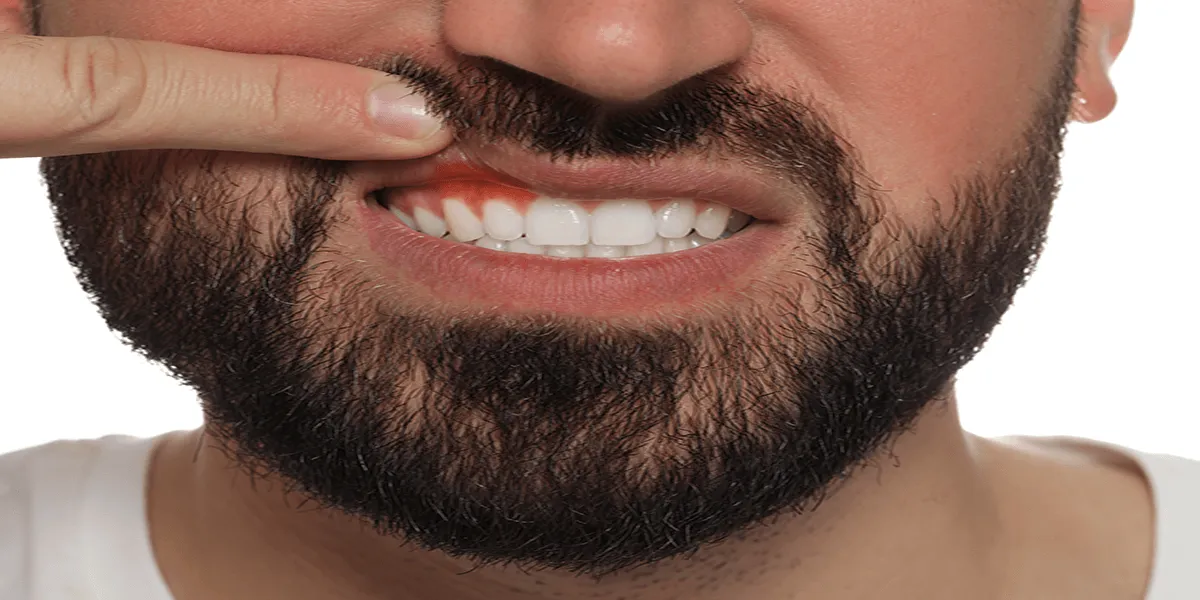
In addition to professional options, several other natural methods can help brighten teeth. These alternatives tend to be gentler on the gums than charcoal whitening. One popular option is oil pulling, which involves swishing coconut oil in the mouth for about 15 to 20 minutes each day. Some people have reported that this helps to remove bacteria and reduce plaque, contributing to a brighter smile. Another approach involves using baking soda and hydrogen peroxide, but this should be done with caution as they can be abrasive. Rubbing the teeth with a piece of fruit, like a strawberry, which contains malic acid, can help to remove surface stains, although the evidence to support this is limited. When trying these methods, it’s important to consult with your dentist to make sure they are safe for your teeth and gums. These natural alternatives provide a gentle way to enhance the appearance of teeth. Remember to maintain a consistent oral hygiene routine to support overall dental health.
Maintaining Healthy Gums
Maintaining healthy gums is crucial for oral health. Healthy gums are essential for the overall health and function of your teeth. Implementing good oral hygiene practices, in addition to regular dental checkups, will help prevent the development of gum disease. This is an important part of promoting a beautiful smile, as well as protecting your overall health. Consistent care helps to keep the gums firm, pink, and free from irritation. By making a conscious effort to maintain good gum health, you can significantly reduce the risks of dental issues and preserve the long-term health of your teeth and gums. Prioritizing gum care is essential for a healthy and confident smile.
Regular Dental Checkups
Regular dental checkups are essential to maintaining healthy gums. Routine visits to your dentist or dental hygienist allow for professional cleaning and examination of the teeth and gums. Professional cleaning can remove plaque and tartar buildup, which can irritate the gums and lead to gum disease. During a dental checkup, your dentist will examine your gums for any signs of inflammation, bleeding, or recession. Early detection allows for prompt treatment, preventing the progression of gum disease. Your dentist can also give personalized advice on how to improve your oral hygiene routine and address any concerns about your gum health. Regular checkups are an investment in your oral health and overall well-being, so keeping these appointments can help you to maintain a healthy smile for years to come.
Proper Oral Hygiene Practices
Proper oral hygiene practices are the foundation for maintaining healthy gums. A combination of brushing, flossing, and other techniques is important. Brushing twice a day with fluoride toothpaste is recommended. Flossing once a day helps remove food particles and plaque from between your teeth, where your toothbrush can’t reach. In addition to regular brushing and flossing, consider using an antimicrobial mouthwash. This will help to reduce bacteria and inflammation in the gums. Avoid smoking and tobacco products, as these can increase the risk of gum disease. It’s also important to maintain a balanced diet and limit sugary snacks and drinks, which can contribute to tooth decay and gum issues. Make a commitment to establish these good hygiene habits and see a dentist regularly. These practices will support healthy gums, reduce the risk of dental problems, and contribute to your overall well-being.
